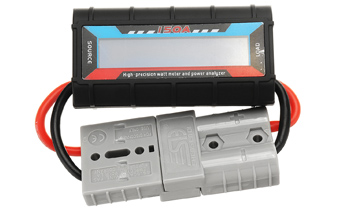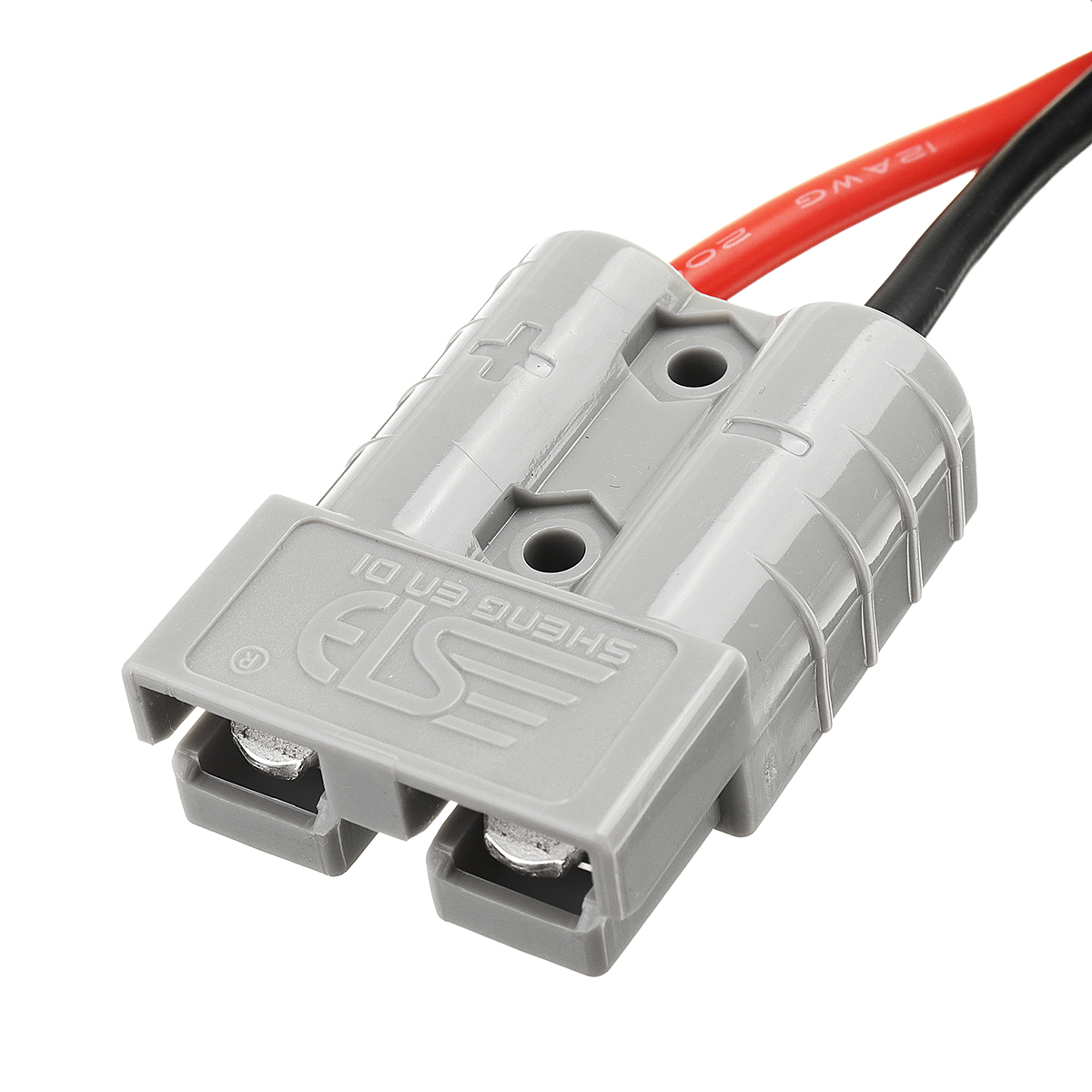"Precision Control: Understanding the Crucial Performance Aspects of 50A Lithium Battery Connectors"
When it comes to ensuring optimal performance, three fundamental control points are vital in the realm of 50A Plug battery connector.
**1. Mechanical Properties: Ensuring Reliability**
In the realm of connection functionality, insertion force stands as a pivotal mechanical property. This force is categorized into insertion and extraction forces, each with distinct requisites. Relevant standards establish maximum insertion force and minimum separation force regulations, underscoring the importance of a low insertion force. A balance is crucial, as excessively low separation force could jeopardize contact reliability.
The insertion force and mechanical lifespan of a connector are intertwined with the plating quality on contact surfaces and the dimensional precision of contact arrangements.

2. Electrical Properties: The Backbone of Performance**
Essential electrical properties encompass contact resistance, insulation resistance, and dielectric strength:
- **Contact Resistance**: Top-tier forklift battery cable connectors showcase consistent, low contact resistance, typically varying from a few milliohms to tens of milliohms.
- **Insulation Resistance**: This metric gauges insulation performance between connector contacts and between contacts and the shell. The spectrum ranges from hundreds of megohms to thousands of megohms.
- **Dielectric Strength**: This represents the connector's capacity to handle rated test voltages between contacts or between contacts and the shell.
**3. Environmental Performance: Thriving in Diverse Conditions**
Environmental resilience is paramount, encompassing:

- **Temperature Resistance**: Connectors must weather temperatures from -20°C to 200°C, accounting for both ambient conditions and temperature rise due to current flow. Specifications often detail the permissible temperature rise under rated current.
- **Moisture Intrusion**: Moisture can degrade insulation, corrode metal parts, and compromise performance.
- **Salt Spray Resistance**: In moisture and salt-laden environments, galvanic corrosion can undermine the connector's physical and electrical attributes.
- **Vibration and Shock**: Connector resilience to vibration and shock is pivotal, evaluating mechanical structure robustness and contact reliability. Test parameters include peak acceleration and electrical continuity interruption thresholds.
- **Other Environmental Factors**: Based on specific use cases, connectors may require additional environmental resistance, such as sealing against moisture ingress or low air pressure scenarios.
In the intricate world of 50A lithium battery connectors, mastery of these performance facets is paramount. Bridging mechanical, electrical, and environmental considerations is the key to unlocking enduring reliability and efficiency.
 Guangdong SED Co., Ltd.
Guangdong SED Co., Ltd.
 +86 13763213143
+86 13763213143
 info@dmictech.com
info@dmictech.com


